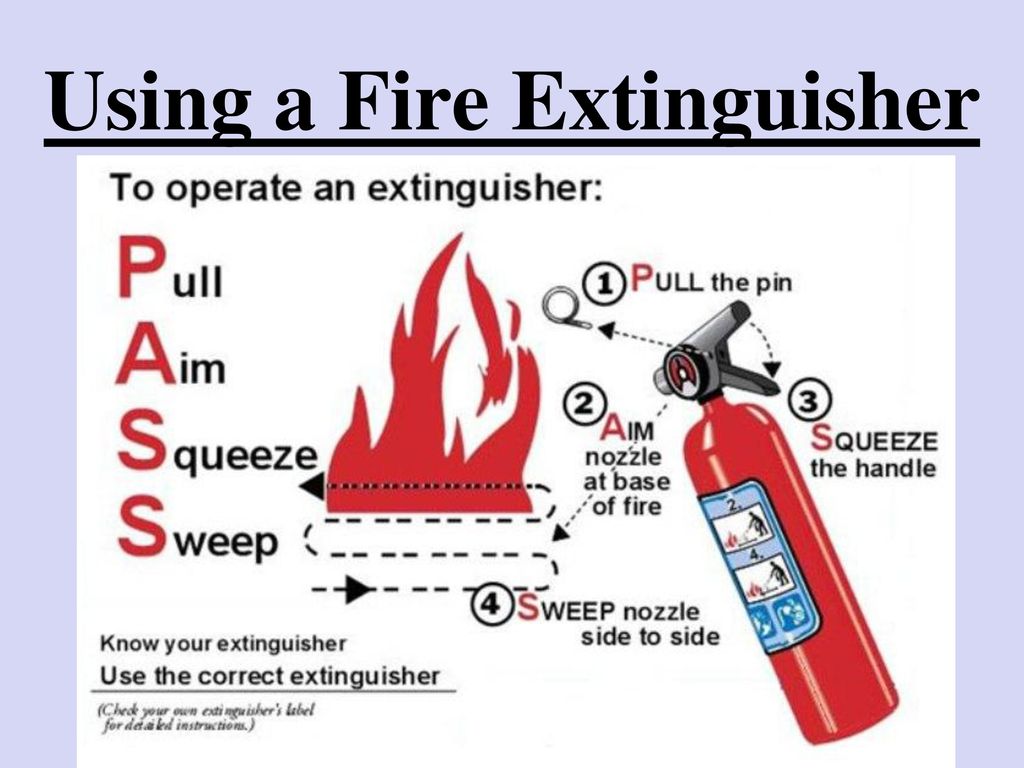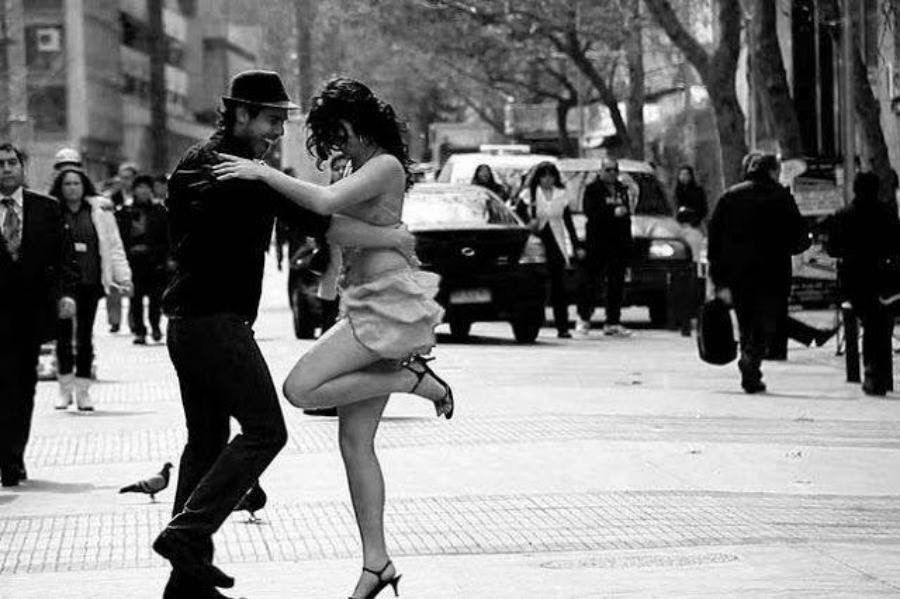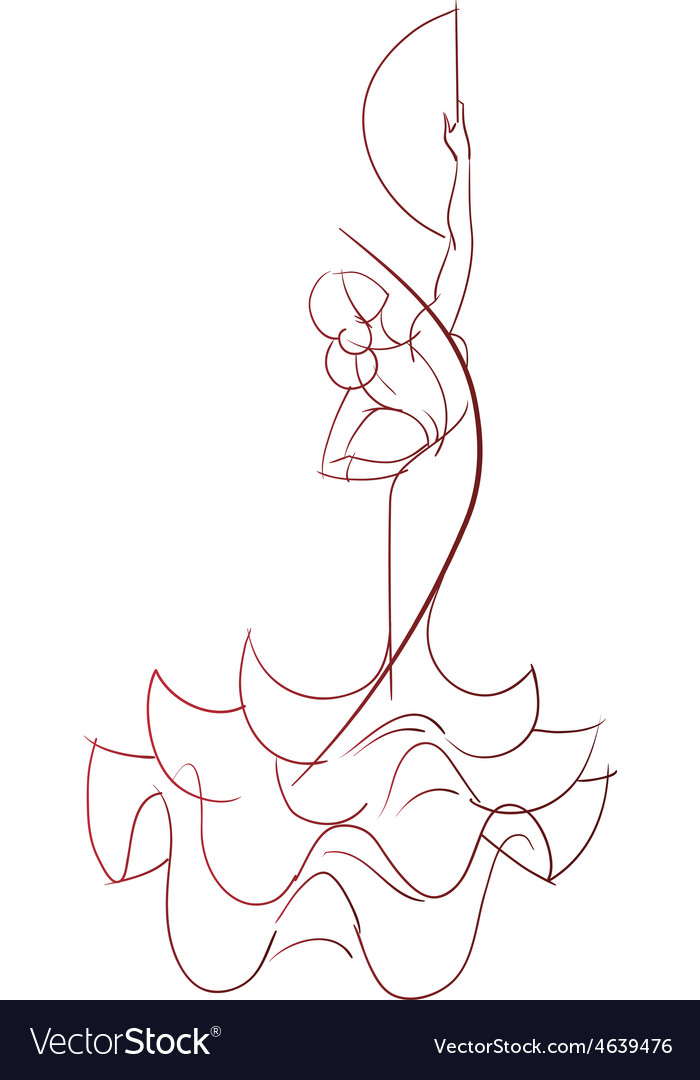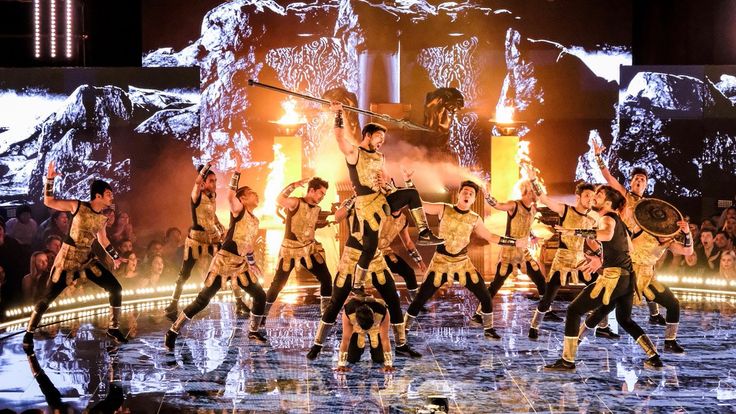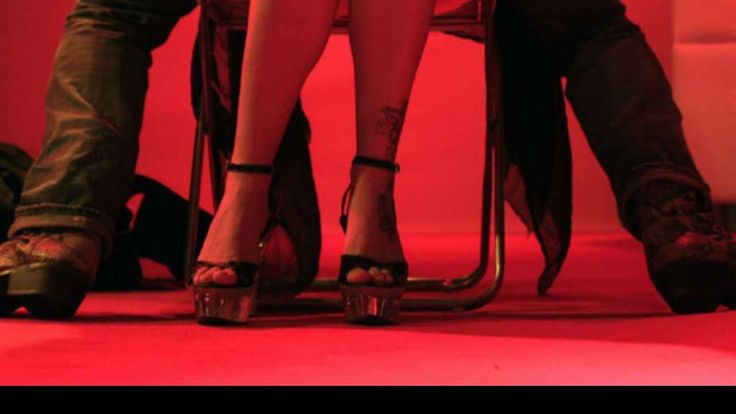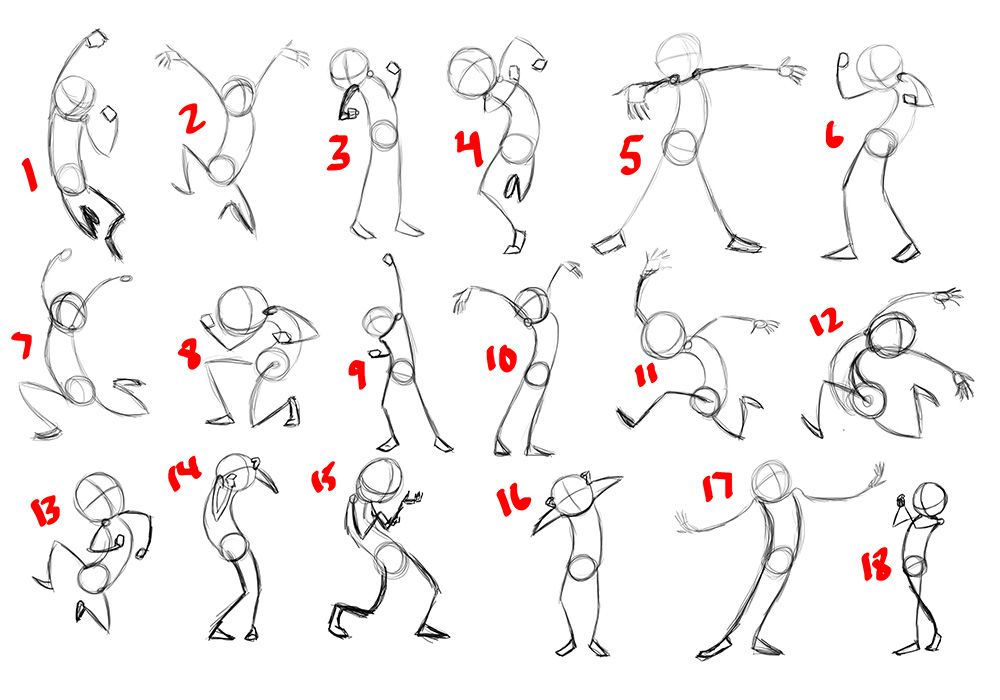How to make fire dancing equipment
ijerry: Making a firestaff and fire poi
Method:Using a hacksaw, cut the curtain rod to length.
Using a saw (or the hacksaw) cut the wooden dowel pieces to length.
The dowels may need sanding down to thickness so they are a tight fit in the ends of the curtain rods. Using the hammer or mallet, GENTLY tap the dowels into the ends of the curtain rod.
Mark and centre punch the curtain rod at 1 cm (half inch) and 4 cm (two and a half inches) from each end.
Drill holes sized to the brass screws, through the curtain rod and into the wooden dowel.
Cut the wick to length with the scissors -
Then wind the kevlar around the end of the curtain rod, making sure you fold the last centimetre (half inch) under to act as a seam, as shown here:
Now screw the brass screws through the kevlar into the holes you drilled earlier (tip: make a card template so you know where the holes are). I've used brass because it doesn't rust - you can use steel ones if you prefer.
Repeat the process at the other end. Now, find the balance point of the staff and apply a few drops of superglue and wrap the centre of the staff with craft foam/wet suit fabric or string so you have a comfortable centre grip which also provides a visual and tactile reference point to locate the centre of balance of the staff.
Your finished staff or staffs should look like this:
If you want to make poi (fireball on a string) use the same method, but cut the curtain rod to 10cm (four inch) lengths. When you have attached the kevlar, drill a pilot hole in the end of the dowel away from the wick and screw in an eye-bolt to which you can attach a 50cm (18 inch) length of light chain. The finished poi will look like this (without the chain attached).
Now attach the chain - dog leash chain works well, as you can see on this pair of poi
To condition the wicks and ensure that they don't burn smokily, soak the wicks in kerosene overnight (that's paraffin if you are in the UK) then light and blow them out at least five times. This conditions the wick and helps to maintain capillary action so they will last longer and burn with less smoke. The dowel ends serve three purposes: firstly, they provide 'bite' for the screws so the wicks won't come off at embarrassing (and potentially dangerous) moments; secondly, they provide a little weight at the ends to give the staff momentum when twirling; and thirdly they prevent heat from traveling up the tube and making the staff too hot to twirl comfortably.
This conditions the wick and helps to maintain capillary action so they will last longer and burn with less smoke. The dowel ends serve three purposes: firstly, they provide 'bite' for the screws so the wicks won't come off at embarrassing (and potentially dangerous) moments; secondly, they provide a little weight at the ends to give the staff momentum when twirling; and thirdly they prevent heat from traveling up the tube and making the staff too hot to twirl comfortably.
Remember - BE SAFETY CONSCIOUS AT ALL TIMES - and enjoy!
Disclaimer
FIRE TWIRLING IS DANGEROUS - I take no responsibility (or liability) for your construction or use of these fire toys - I have no control over how you make or use them so I can't be responsible for any injuries arising from poor construction or use. This is simply how I made them - and they work for me. And please use fire safely - they are for outdoor use only and ensure you have an extinguisher and/or fire blanket to hand, and preferably a trained fire safety officer - Cyberfire has people trained in fire safety and first aid at all of their performances.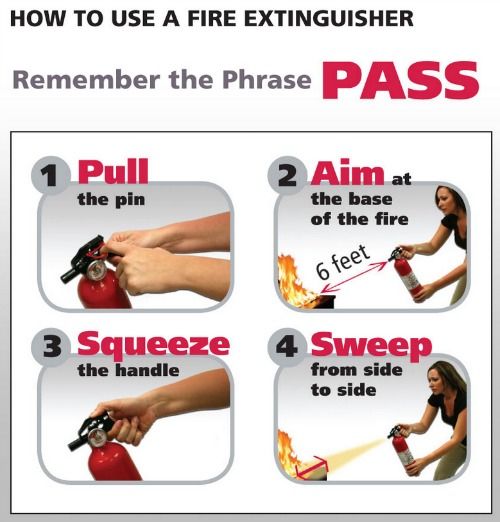 Use them only under trained adult supervision.
Use them only under trained adult supervision.
Always check your equipment before each use - and enjoy! Fire twirling is spectacular and fun.
Learn Fire Poi - Examples of making FIRE POI heads
There are many different ways of holding wick together as a fire head. They can be stitched, screwed, bolted, wired or clamped into the tube/roll, box, accordion fold, cathedral fold or rope wicks made into various knots.
Tube core Fire Head.
The tube core has the wick rolled around it and it is held by what ever means you feel comfortable with. Some use wire, screws or even KEVLAR ® thread. This arrangement is very common on staff as you already have a tube/pole to wrap the wicking around. in most cases you are able to remove the wick and roll back on in the opposite direction so fresh wicking is again on the outside of the head.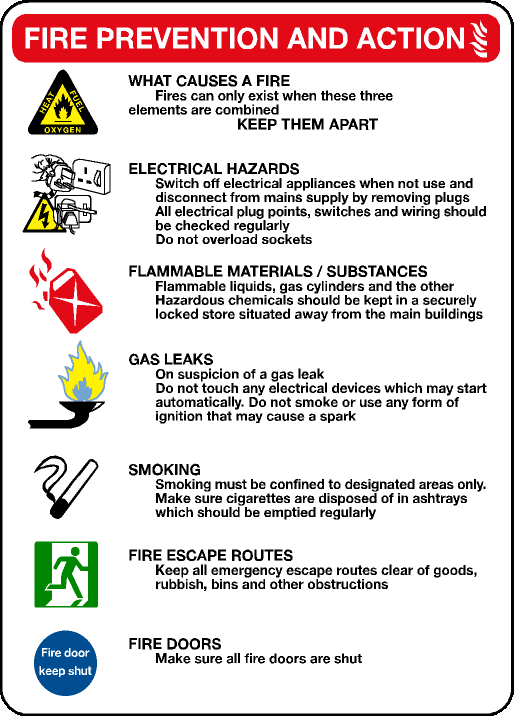 Any exposed metal parts on the outside of the head can get very hot and may well be able to burn the skin should you come in contact with it.
Any exposed metal parts on the outside of the head can get very hot and may well be able to burn the skin should you come in contact with it.
Pros:
- Easy to add to staff/baton poles
- Can be stitched to hide hot metal parts eg. screw heads
- Stitching can be replaced with screws
- Screws enable ease to replace wicking
- Wicking is less likely to degrade from flexing of the wick fibres
- Ability to turn wicking inside out by undoing screws
Cons:
- Reduced capillary effect to the edges of the tube with longitudinal weave
- Extra work in making a tube to wrap the wicking around
Example recipe:
- 2 to 4ft x 2" KEVLAR ® wick (or 2.5" or 4") 1/8" thick wick per fire head
- 1 x 3/4" diameter aluminium tube 1" longer that the width of the wick used per POI head or a longer tube to use as a staff/baton
- 1 x wooden dowel inserted into pipe for woodscrews to screw into
- 3 x 1/8" self-drilling pan head woodscrews per head
Accordian fold Fire Poi Head.
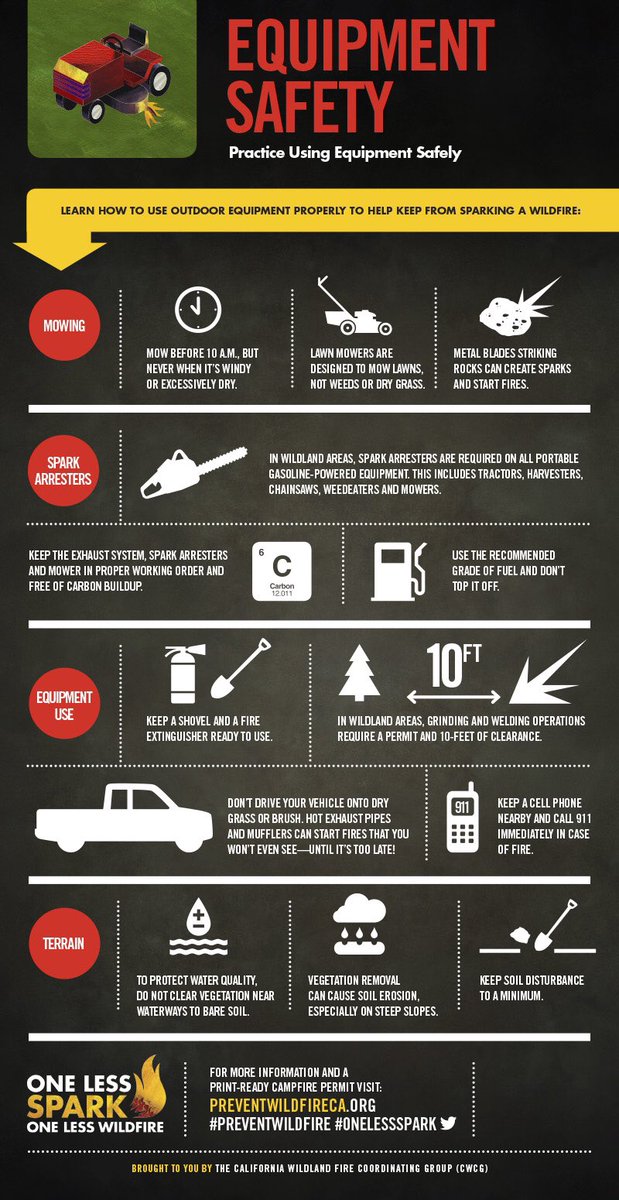
The Accordion fold is one length that is folded back upon itself to create a stack. The wick is folded and then folded back over its self one end at a time. Once the stack is created secure the stack through the middle with something like an eyebolt with large washers and double nuts. You can make the hole for the eyebolt by using a philips screw driver pushed through the wick. Do not use a drill. Eye on bolt enables ease of attachment of cables or chain. You can secure with other means and have as many folds as you want.
Pros:
- Easiest head to make
- Can use wire or bolt assembly
- Improved capillary effect for fuel traveling to two of the four side edges
- Can be stitched to hide hot metal parts eg. additional fold stitched over bottom nut and washer
Cons:
- Uneven capillary effect to two of the side edges of the fold
- Wicking is more likely to degrade faster from flexing of the edge wick fibers however wick can be stiffened using PVA (white school glue).
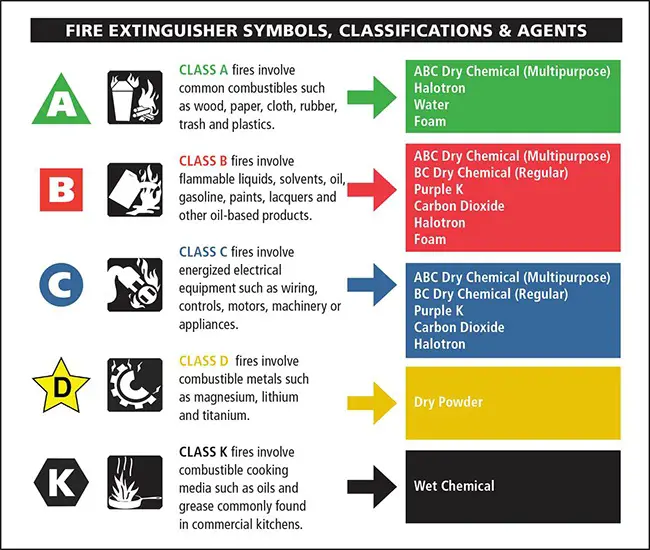
Example recipe:
- 2 to 8ft x 2" KEVLAR ® wick (or 2.5") 1/8" thick wick per
- 1 x Cathedral stainless steel eyebolt kit
Cathedral fold #1 Fire Poi head.
>One method of making a Cathedral fold fire poi head is shown above. You use one piece of cut wick to make. Begin laying the wick out as shown below and then fold each in turn over the other creating a stack. The stack can then be eye-bolted with large washers and double nuts to prevent wicking coming apart. Fold ends of wick over to protect frayed edges. Cut edges of wick can be also hardened using PVA (white school glue).
Pros:
- Easy head to make
- Can use wire or bolt assembly
- Improved capillary effect for fuel traveling to all four side edges
- Can be stitched to hide hot metal parts eg. additional fold stitched over bottom nut and washer
Cons:
- Wicking is more likely to degrade faster from flexing of the edge wick fibers however wick can be stiffened using PVA (white school glue).

- Slightly harder to make hole through the middle because of the 45 deg. fold at the bottom.
Example recipe:
- 4 to 8ft x 2" KEVLAR ® wick (or 2.5") 1/8" thick wick per head
- 1 x 1/8" eyebolt per head
- 2 x 1/8" nuts per head
- 2 x 1 1/4" fender washers per head
Cathedral fold #2 Fire Poi head.
Another method of making a Cathedral fold Fire Poi head is shown above. You use two pieces of cut wick to make. Begin laying the wick out as shown below and then fold each in turn over the other creating a stack. The stack can then be eye-bolted with large washers and double nuts to prevent wicking coming apart. Fold ends of wick over to protect frayed edges. Cut edges of wick can be also hardened using PVA (white school glue).
Pros:
- Easy head to make
- Can use wire or bolt assembly
- Improved capillary effect for fuel traveling to all four side edges
- Can be stitched to hide hot metal parts eg.
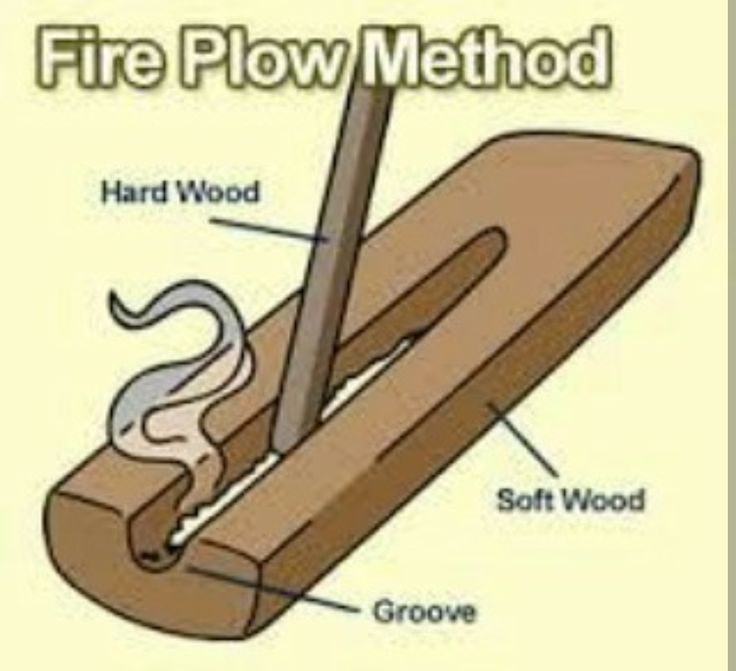 additional fold stitched over bottom nut and washer
additional fold stitched over bottom nut and washer
Cons:
- Wicking is more likely to degrade faster from flexing of the edge wick fibers however wick can be stiffened using PVA (white school glue).
Example recipe:
- 4 to 8ft x 2" KEVLAR ® wick (or 2.5") 1/8" thick wick per head
- 1 x Cathedral stainless steel eyebolt kit
Monkey Fist Knot Fire Poi head
The monkey fist knot another way of making a fire POI head. The spherical shape give the best volume to surface ratio when using an adsorbent core. However the knot should have a rigid core inserted within to keep the knot from flexing and coming undone. A non flexing anchor should be used to attach the chains to the core as this prevents friction against the rope edges, however wick can be additionally protected with some PVA (white school glue). The two ends of the cord used to make the knot are cut flush with the knot and secured to the core.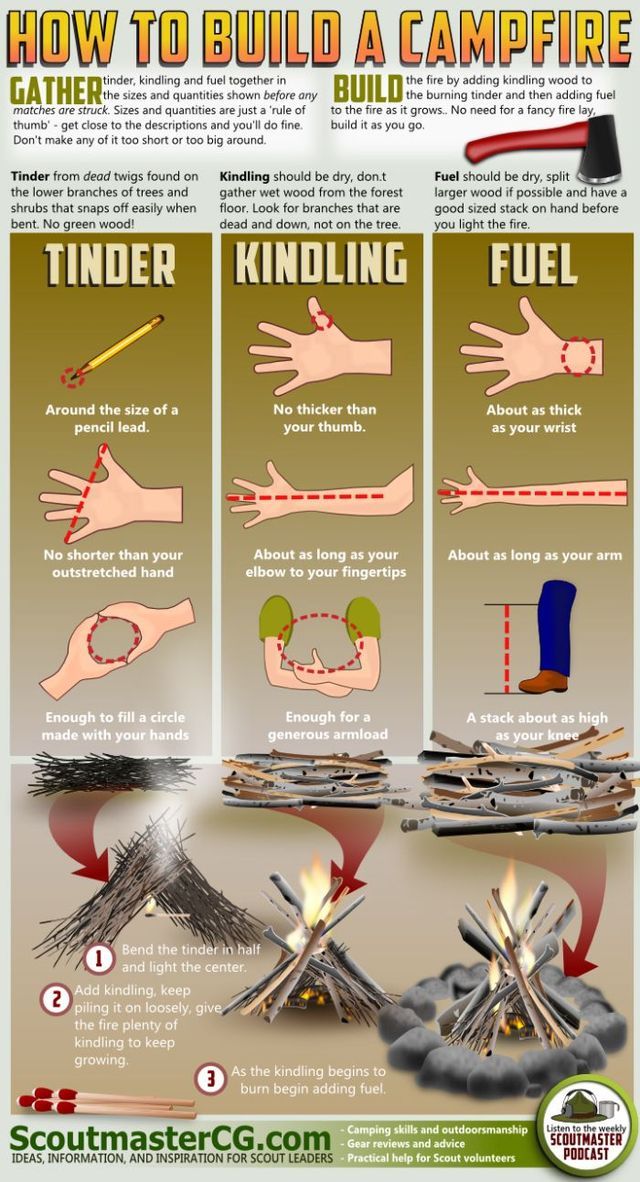
Pros:
- Appearance of a fire meteor
- Can use wire or bolt assembly
- Improved capillary effect for fuel traveling within the rope to all edges
- Less flexibility improves wick life
Cons:
- Not as easy to make as the animation shows. Requires a lot of strength to pull knot tight.
- A few feet of rope is left unused after tightening the knot.
- Quite a hard object to hit your body.
Example recipe:
- 12ft x 3/8" Kevlar ® rope wick per fire head (once tightened you will have 4ft left outside of the knot)
- 1 x wooden core 1 1/4" diameter per head
- 1 x 3/16" eyebolt with two nuts per head
Example recipe#2:
- 16ft x 1/2" Kevlar ® rope wick per fire head (once tightened you will have 5ft left outside of the knot)
- 1 x wooden core 1 3/4" diameter per head
- 1 x 3/16" eyebolt with two nuts per head
Which fire poi head is the best?
Maybe we will look at which is easier to create first.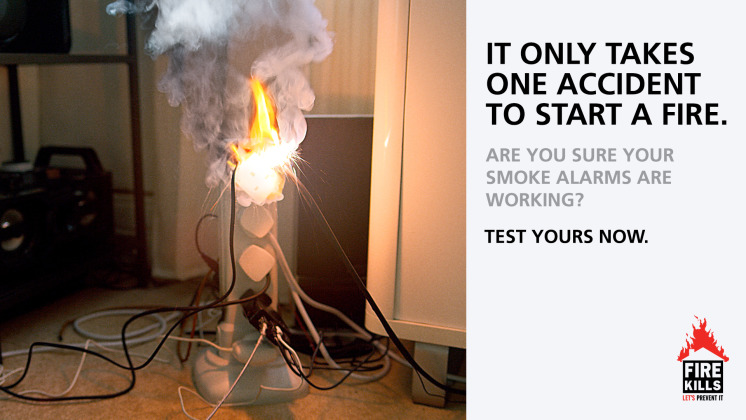 If you are making a staff or fire stick then wrapping the wick around the tube core is going to be the easiest as you already have the tube to start off with. If you are making a FIRE POI head then Accordion or Cathedral will be easier to make up.
If you are making a staff or fire stick then wrapping the wick around the tube core is going to be the easiest as you already have the tube to start off with. If you are making a FIRE POI head then Accordion or Cathedral will be easier to make up.
Flame size and duration?
This will ultimately come from the combination of speed of swing, air flow around the fuel, altitude above sea level, temperature, fuel type, fuel amount, type of wick, capillary effect of the weave and the surface/volume ratio of the wick. These will all effect the Air and Fuel mix supplied to the flame and hence how quickly the fuel will get used up.
For a long burn with a big flame you will require a larger volume of wick to store the fuel and a large surface area for the air and fuel to mix.
Cathedral and Accordion folds will have more exposed surface area depending on the tightness and compression of your fold. Compress too much and less fuel will be soaked and you will need longer fuel soaking times.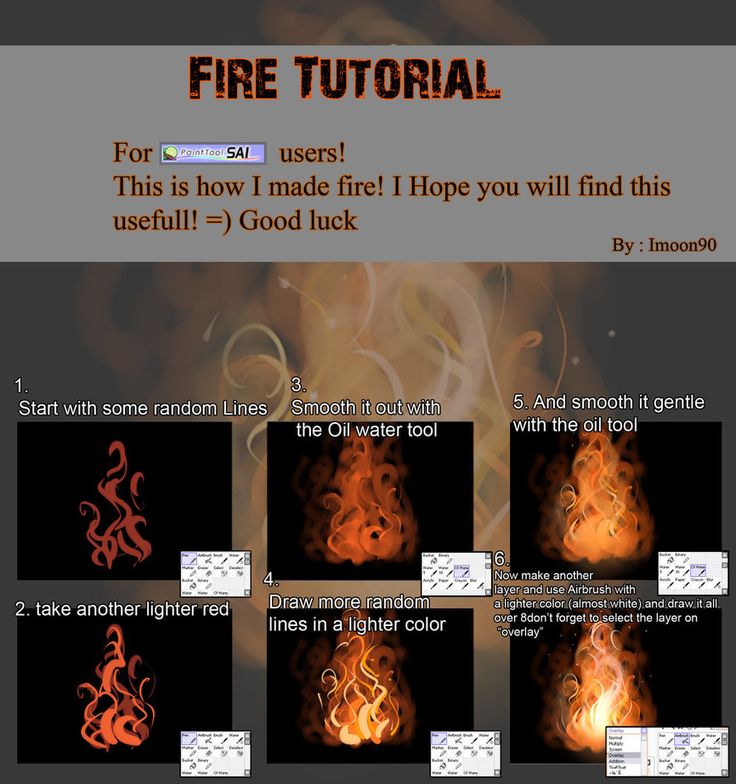 Too loose and the wick will breath more and provide more air to the flame, making a hotter and larger flame, and using up your fuel more quickly and resulting in the flame size being less consistent getting smaller as your burn continues.
Too loose and the wick will breath more and provide more air to the flame, making a hotter and larger flame, and using up your fuel more quickly and resulting in the flame size being less consistent getting smaller as your burn continues.
See also Safety Articles, Which fuel?, Which material to make a wick?, How to make your wick last longer, What is KEVLAR ®? All about metal parts used in fire twirling equipment
Fire poi, or how firemen work
Man conquered fire many thousands of years ago. At first, he guessed about its applied value: to cook food, keep warm in winter, frighten and destroy the enemy. But over time, a person saw beauty in fire and learned to work real miracles. Fire performances were held in the cities of ancient China and in the Roman Empire, they were also found in Arab cultures. Today we will try to subdue the magic of fire.
Tim Skorenko
An integral element of the fire show is, of course, poisters, people who "twist" poi - balls or objects of other shapes on ropes or chains.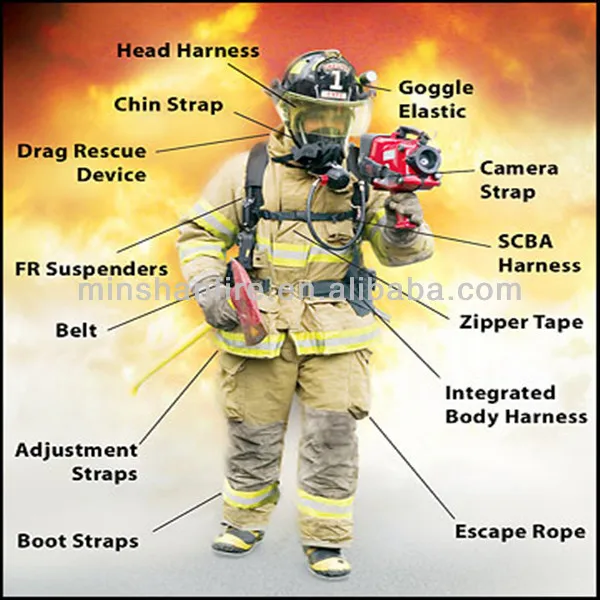 With quick and skillful rotation, burning poi form patterns and patterns in the air - this is incredibly beautiful. Poi came to Europe from New Zealand - the art of their rotation was a traditional form of dance among the Maori tribe. In the middle of the 20th century, a whole culture of poi began to emerge in Europe and the United States, and in the 1960s, the first schools and fire theaters appeared using poi as an element of performance. In Russia, both fireshow and poing as its element appeared only in the 2000s, but our posters are catching up with European culture at a frantic pace.
With quick and skillful rotation, burning poi form patterns and patterns in the air - this is incredibly beautiful. Poi came to Europe from New Zealand - the art of their rotation was a traditional form of dance among the Maori tribe. In the middle of the 20th century, a whole culture of poi began to emerge in Europe and the United States, and in the 1960s, the first schools and fire theaters appeared using poi as an element of performance. In Russia, both fireshow and poing as its element appeared only in the 2000s, but our posters are catching up with European culture at a frantic pace.
Fire Poi
Poi are not the only fire show props. There are also fans, poles, devilsticks, diabolos, maces, fiery bowls, levistics, and there are a thousand and one kinds of poi themselves. In addition, the equipment may not be fiery, but LED - for indoor performances.
Fire poi are made from Kevlar, a high tenacity para-aramid fibre. Kevlar holds temperature well - poi made from this material can last up to a year and a half. A wick knot is woven from Kevlar ribbons or cords, to which a metal chain is attached; at the other end of the chain there are leather loops for fastening on the arm. The poyster soaks the knot in kerosene (this is the most common combustible material, gasoline is rarely used), sets it on fire, and the show begins.
Kevlar holds temperature well - poi made from this material can last up to a year and a half. A wick knot is woven from Kevlar ribbons or cords, to which a metal chain is attached; at the other end of the chain there are leather loops for fastening on the arm. The poyster soaks the knot in kerosene (this is the most common combustible material, gasoline is rarely used), sets it on fire, and the show begins.
The shape and size of the node determines the duration of poi burning, the shape and size of the flame. In the first years after the appearance of poing in Russia, the props were made independently, and in the absence of Kevlar - from asbestos fabric, basalt fiber, since they were easier to get. The most common type of poi then was (and still is) the so-called cathedrals: Kevlar or asbestos tape is folded in layers until a parallelepiped is obtained. Poi-cathedral does not burn for too long, three or four minutes, but it has a longer resource than poi of complex weaving.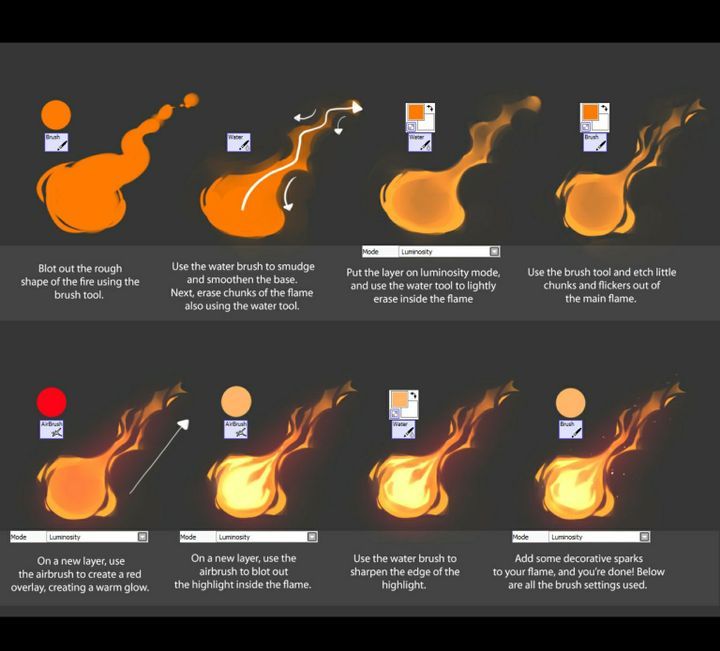
Another common species is the poi-monquifist. This wick is a classic monkey fist knot woven from Kevlar cord; it braids the ball-core, to which a clip with a chain is attached. Manquist can burn for a long time, up to eight minutes. And it all depends on how the knot is tightened. If it is strong, then the fire will be small, but the duration of burning will be maximum, and vice versa.
Poi can range from light to quite heavy. For example, the largest poi, "comets", reach 300 g in weight, and when thoroughly impregnated with kerosene or gasoline, their weight can almost double. It seems like half a kilo is a trifle. In fact, rotating half a kilo on a 75 cm chain for a long time, and even performing various complex figures, is very tiring and seriously strengthens the muscles of the arms and back.
Other props
As already mentioned, the fireworker is not the only one alive, and we have listed almost a quarter of the varieties. After all, every theater, every workshop goes out of their way to come up with something new, combine props, distinguish themselves from competitors, and each pooster independently chooses the most convenient shells for himself.
After all, every theater, every workshop goes out of their way to come up with something new, combine props, distinguish themselves from competitors, and each pooster independently chooses the most convenient shells for himself.
Other props require no less skill when handling than when working with poi. In addition to poi, firemen use fans. A fiery fan usually has five arms with wick attachments, and its handle is ring-shaped so that you can rotate the fan on your hand. Poles with wicks at the ends and devil sticks are also used - short poles for juggling with sticks. Maxim Kryuchkov, head of the Pulse Show Moscow team of firemen (by the way, it was his team who helped us with the preparation of the article) said that he even met fiery nunchucks a couple of times. But such props are rare and require really skilled hands.
By the way, poi also juggle. But for this, instead of leather fasteners for fingers, a special ball is strengthened at the end opposite from the wick, for which it is convenient to catch poi on fire after tossing.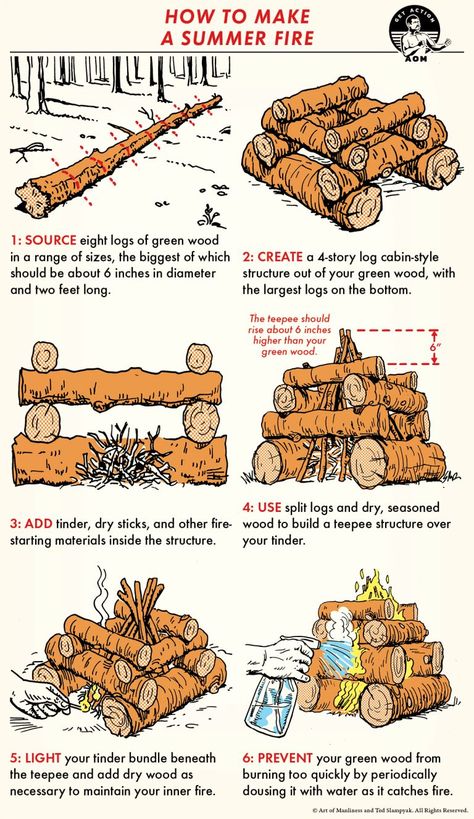 For dances with fire, so-called palm-torches are used, which are rigidly fixed on the palm.
For dances with fire, so-called palm-torches are used, which are rigidly fixed on the palm.
Many fire tricks require no props at all other than your own body and a bottle of kerosene. Before our eyes, Maxim was driving a burning wick over the body, and after each such “wiring”, the skin blazed with a blue flame for some time. “No, it doesn’t hurt at all,” Maxim says. “Firstly, the fuel evaporates very quickly; secondly, it is not the fuel itself that is in contact with the skin that burns, but its vapors; thirdly, a thin layer of fuel even slightly cools the skin, creating a barrier between it and the flame. Only the hair burns, ”the fireman laughs.
Electric dances
Naturally, you cannot play with open fire under the roof. To organize a show indoors, fireworkers use LED poi and other luminous gadgets that are not capable of causing a fire. Electropoos come in a variety of shapes and colors. Poyster chooses props based on weight, brightness, color, and budget. By the way, electric poi are much lighter than fire poi, and they are weighted with weights to ensure proper balance. In addition to poi, almost all existing luminous objects are used in the fireless show. These are balls, LED frisbees, poles, devilsticks and even costumes. Special poi are also used, which do not glow at all, but are decorated with various ribbons and flags.
By the way, electric poi are much lighter than fire poi, and they are weighted with weights to ensure proper balance. In addition to poi, almost all existing luminous objects are used in the fireless show. These are balls, LED frisbees, poles, devilsticks and even costumes. Special poi are also used, which do not glow at all, but are decorated with various ribbons and flags.
Fireshow in Russian
The first poyster meetings in Moscow were held on the Yauzskiye Vorota square near Kitai-gorod metro station. But later it became crowded there, and the firemen moved to Bolotnaya. "No problem with the authorities?" we asked. “No, we are not doing anything illegal. On the contrary, we raise the mood of passers-by.”
Today in Moscow there are about a dozen highly professional fireshow teams, another twenty are of an average level. “Learning a number of basic elements is not so difficult,” firemen say. - And each student considers it his duty to immediately create his own theater of fire.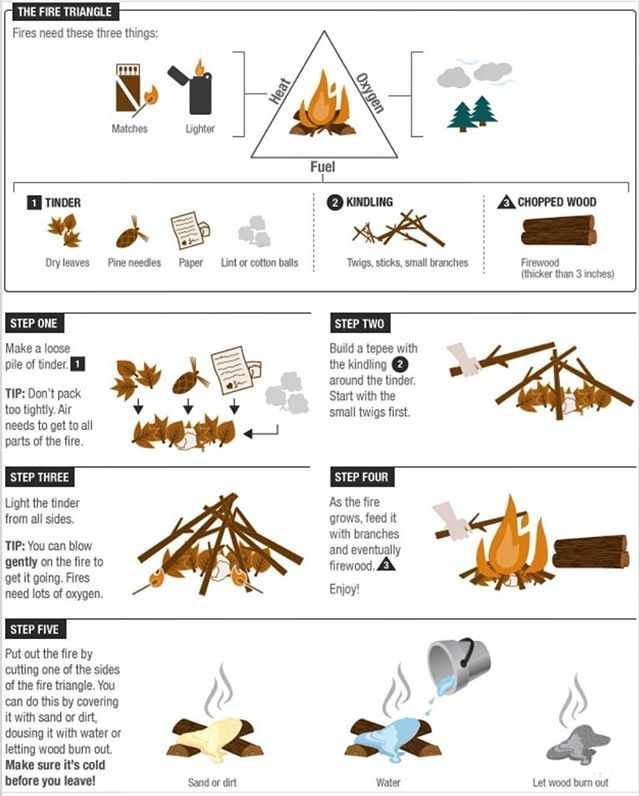 Therefore, there are many amateurs who assure everyone of their professionalism. But this is not bad: sooner or later they also come to a professional level, the number of posters and fireworkers is growing, and our business is moving forward.
Therefore, there are many amateurs who assure everyone of their professionalism. But this is not bad: sooner or later they also come to a professional level, the number of posters and fireworkers is growing, and our business is moving forward.
Working with fire and poing in particular develop almost all human physical skills: reaction, muscle strength, agility, attentiveness, motor skills. And the need to constantly invent new elements and equipment trains imagination and ingenuity.
Thank you for your help in preparing the material Maxim Kryuchkov (Pulse Show team), Ivan Petrov (Krut training base) and Jay (Skill Box store)
Newlyweds wedding dance performance, effects
Special effects for the first wedding dance, no doubt complement the image and give grandeur to such a precious moment of life. You can pick them up for every taste, whether it's colorful rose petal confetti or a truly Hollywood special effect.
Confetti Dance
Confetti fireworks are rightfully considered a classic of the genre, and sometimes even become an alternative to real fireworks - it's safer and more economical. The most solemn looks gold and silver confetti.
The first dance of young people in a cloud of silver confettiThis effect can be done with the help of confetti cannon , which instantly shoots the right amount of colored wrappers. At the same time, confetti flies up to a distance of 6 to 12 meters (the height is adjusted to the needs of the event) and then smoothly settles. Air gun volleys are best used to hit important accents during the dance. So you can emphasize the solemnity of the event and the most touching moments.
Wedding confetti generator The second option is the confetti generator, which creates a more voluminous and long-lasting effect. In fact, this is a blaster into which a large amount of candy wrappers is loaded, then it blows them out in a large cloud at a distance of up to 20 meters for 2-3 minutes.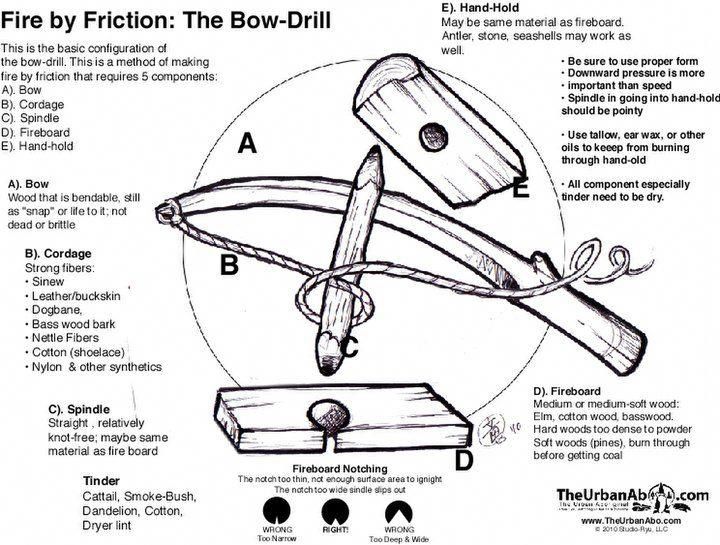 Thus, there will be enough confetti for the entire wedding dance while the music is playing.
Thus, there will be enough confetti for the entire wedding dance while the music is playing.
The dance in confetti made of rose petals or hearts looks especially romantic. Both those and others are produced in three colors: red, pink, white. Colors can be combined if necessary.
Wedding dance of the bride and groom using heavy smoke and colorful heart confettiTo organize such a special effect, we provide a confetti gun or a confetti generator, consumables and an operator to operate the equipment. It should be noted that confetti can be used both outdoors and indoors, while the ceiling height must be at least 5 meters.
The brilliance of metallic confetti (gold, silver) can be easily enhanced using laser or conventional illumination. Settling in colored lighting, they acquire different bright shades.
Combined effect: heavy smoke and golden confetti A great addition to the dance of the newlyweds will be the combination of confetti and heavy smoke .
Wedding dance in the clouds
With the help of modern special effects equipment, you can make any solemn event truly grandiose. One such device is the Heavy Smoke Generator, which converts dry ice into dense fog. Spreading across the stage or dance floor, a snow-white cloud of smoke gradually fills the entire space and gives the room an exquisite, fabulous look. That is why the first dance of the young is also called the dance in the clouds.
The effect of heavy smoke for the first dance of the bride and groomProperly selected lighting of the banquet hall can give an additional accent to the dance, and together with stage special effects, this is not only a guarantee of high-quality photographs, but the overall harmony of the decor without distorting the color palette. Heavy smoke in the light of spotlights and colored spotlights gives romance and beauty to the first dance of the young.
Elegant and colorful lighting is A great way to get in the holiday spirit.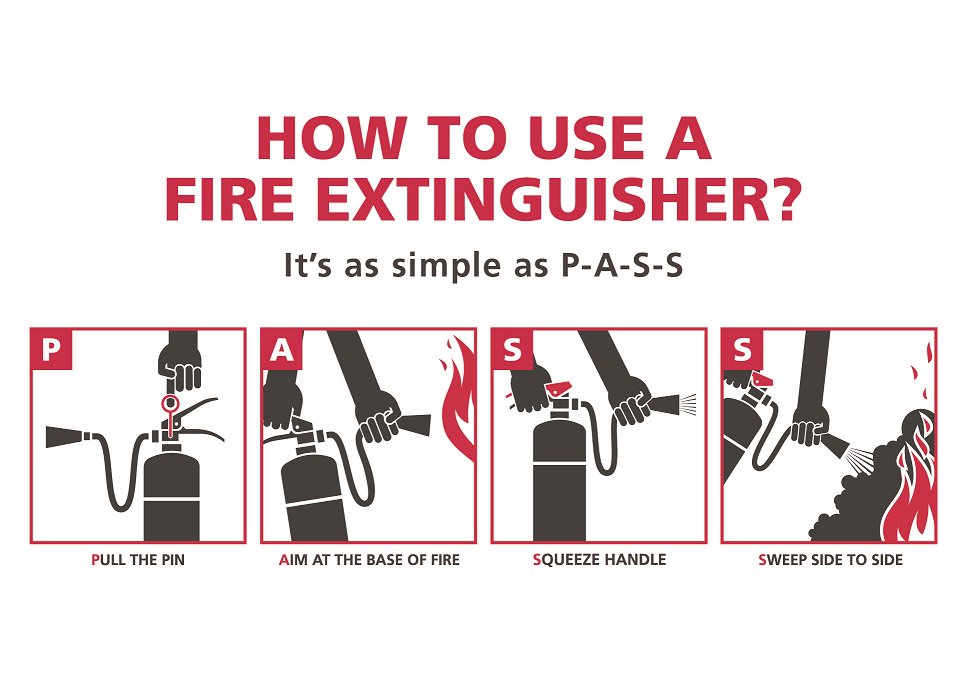
Fountains of cold sparks - a bright addition to the first dance of young people
In addition to heavy smoke, we also recommend cold sparks or they are also called cold fountains, which create a stunning effect of fiery fireworks while remaining absolutely safe for guests and room decor. Sparkular Cold Spark Generator is the latest invention in stage special effects. In his work there is no combustion process, high temperature and smoke. This is a quality alternative to pyrotechnic fountains, which have been used for many years to decorate festive events. Unfortunately, many companies still offer fireworks fountains that are currently prohibited for indoor use. We use only a cold spark generator, as it is absolutely safe and environmentally friendly. The spark gun does not contain toxic and combustible materials, does not produce a specific smell and smoke, like burning pyrotechnic fountains.
Sparkular Heavy Smoke The Sparkular Cold Spark Generator can be used not only indoors, but also in outdoor concert venues.